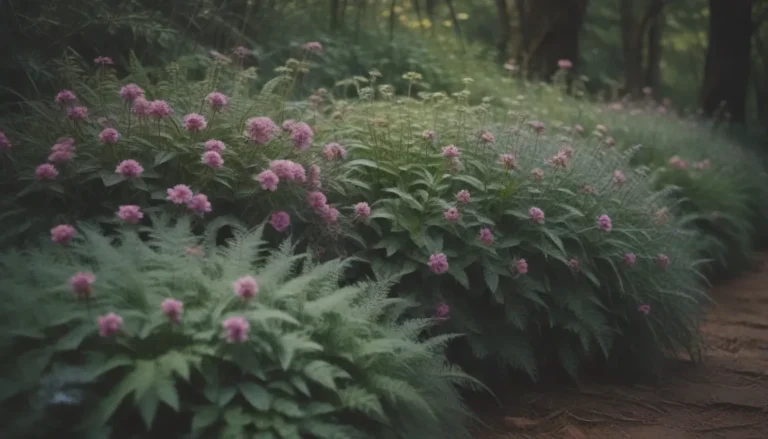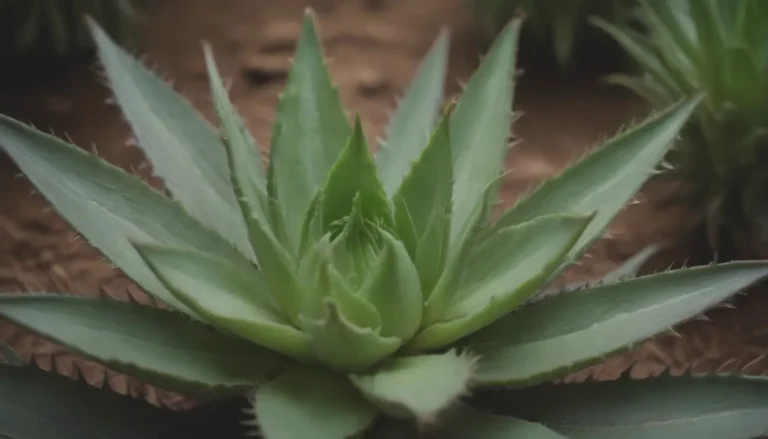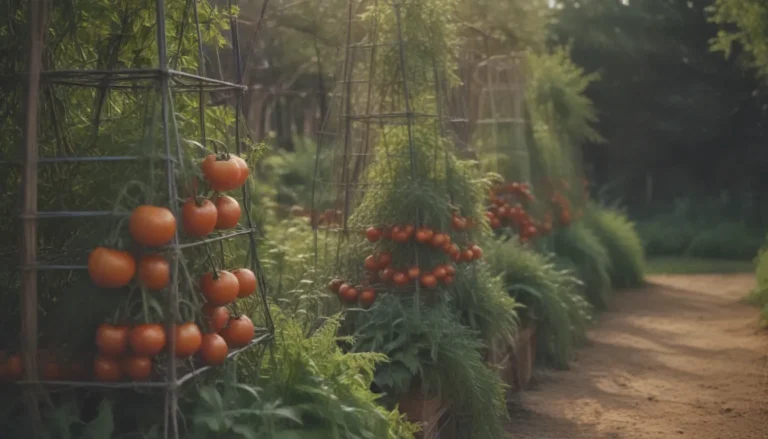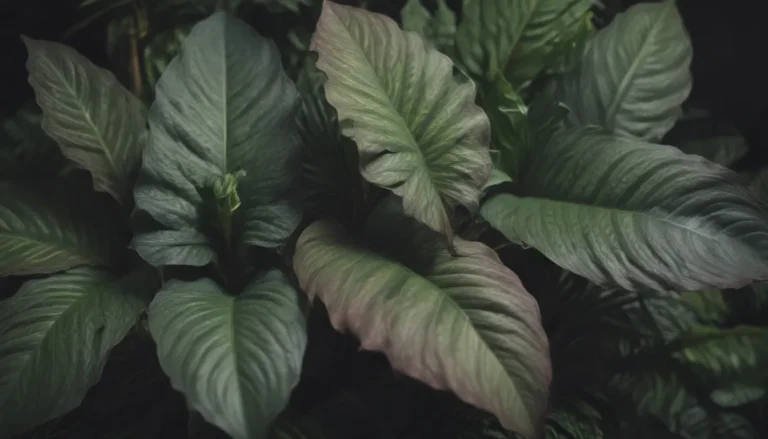Everything You Need to Know About Growing Sundew Plants
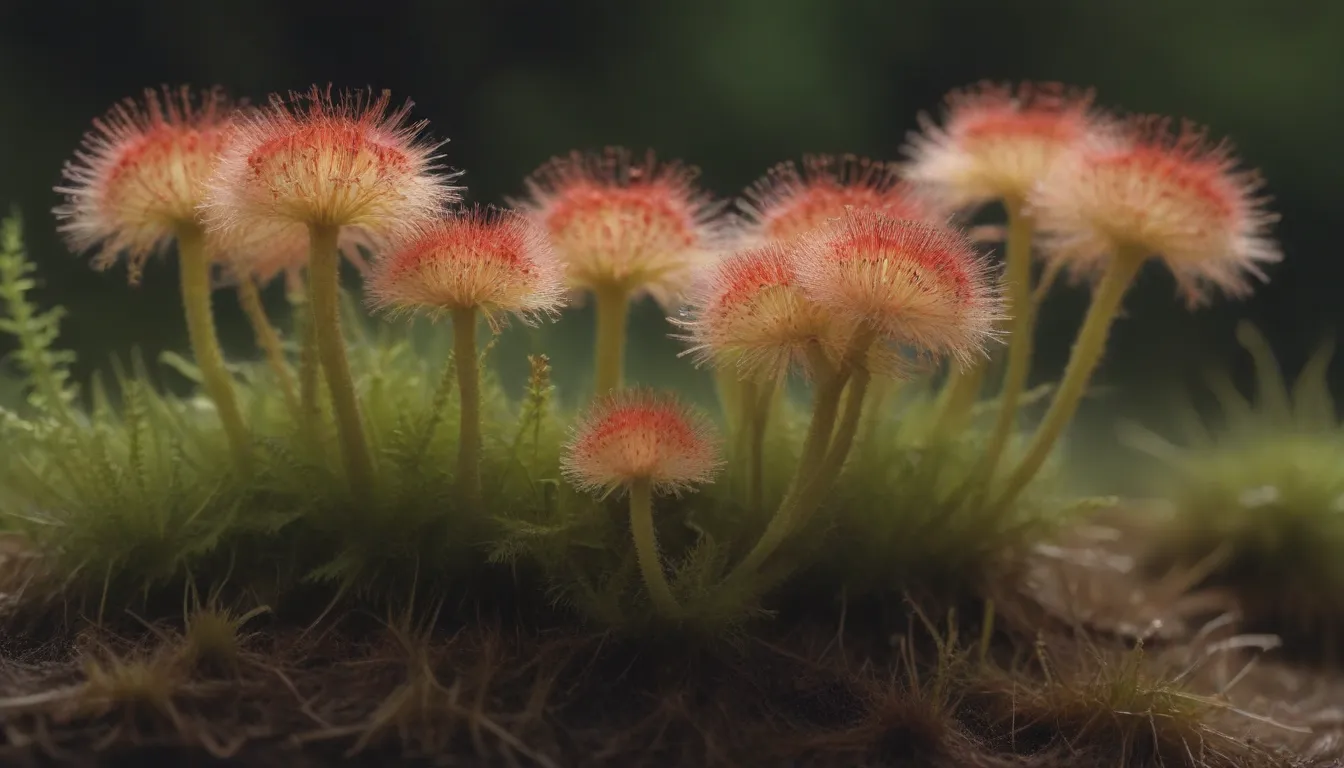
If you’re intrigued by the fascinating world of carnivorous plants, then the sundew plant, also known as Drosera capensis, may just be the perfect addition to your indoor or outdoor garden. These unique plants have a rather bloodthirsty way of capturing insects using their sticky leaves adorned with tiny stalks that secrete mucus, making them both a captivating and beneficial addition to any garden. In this comprehensive guide, we will explore everything you need to know about growing and caring for sundew plants.
Understanding Sundew Plants
Sundew plants belong to one of the largest genera of carnivorous plants, with over 90 separate species and numerous sub-species. They come in a variety of shapes and sizes, with green leaves that can be narrow, oval, or round, depending on the species. Most commercially available sundew plants are relatively small and feature delicate stalks on their leaves that reflect light, giving them a unique and attractive appearance.
These plants are native to tropical climates in Australia and South Africa and are typically found in bogs and fens with acidic, sandy soil. Sundew plants form rosettes of leaves and produce small white or pale pink flowers, adding to their visual appeal. Despite their carnivorous nature, sundew plants are not only fascinating but also serve a practical purpose by consuming gnats, which can be a nuisance during the summer months.
Sundew Plant Care Tips
Light
Sundew plants thrive in full sun, so it’s essential to provide them with plenty of sunlight. If growing indoors, place your plant near a sunny window to ensure it receives an adequate amount of light. However, they can also do well with indirect sunlight or partial sun, as long as they get several hours of sunlight each day.
Soil
When growing sundew plants in pots, use a well-draining soil mixture that includes vermiculite, perlite, peat moss, and composted potting soil. This combination will retain moisture and provide the acidity that sundew plants prefer. If you plan to grow them outdoors in your yard, ensure the soil is well-tilled and amend it with sphagnum peat moss to increase acidity.
Water
Frequent watering is crucial for sundew plants grown in containers to keep the soil consistently moist. Use distilled water or collected rainwater, as these plants are sensitive to minerals found in tap water or spring water. Providing the right moisture level is essential for their growth and development.
Temperature and Humidity
Sundew plants thrive in warm, humid environments, so it’s important to maintain these conditions for optimal growth. Avoid exposing them to temperatures below 50 degrees Fahrenheit and consider bringing them indoors if temperatures drop below 70 degrees for an extended period. Creating a humid environment can be achieved by regular watering and misting of the plant’s leaves. Placing a shallow dish of water with pebbles nearby can help maintain humidity levels, especially in a terrarium setting.
Growing Sundew Plants Indoors and Outdoors
Indoor Growing
Growing sundew plants indoors can be a rewarding experience, especially if you live in a region with cooler temperatures. To create a suitable environment for your plant, consider using glass terrariums or containers with proper drainage. These enclosed spaces help maintain the warmth and humidity that sundew plants thrive in, making them ideal for indoor cultivation.
Outdoor Growing
If you live in a hot, humid climate similar to the native habitats of sundew plants, you may be able to grow them outdoors in your yard. Planting them near a water feature or in areas with sandy, acidic soil can mimic their natural environment. While some species may be more suitable for outdoor cultivation, others may thrive better in controlled indoor settings.
Where to Find Sundew Plants
Obtaining sundew plants can sometimes be a challenge, as they are considered exotic indoor plants and may not be readily available at local nurseries. Specialized vendors that focus on rare and unique plant species are your best bet for finding a variety of sundew plants. Consider reaching out to online retailers or botanical gardens that specialize in carnivorous plants for a wider selection.
In conclusion, growing sundew plants can be a rewarding and enlightening experience for plant enthusiasts looking to expand their collection. By following these care tips and creating the right conditions for your plants, you can enjoy the beauty and intrigue of these carnivorous wonders in your own home or garden. Whether you choose to grow them indoors or outdoors, sundew plants are sure to captivate and amaze with their unique characteristics and practical benefits. Happy growing!

